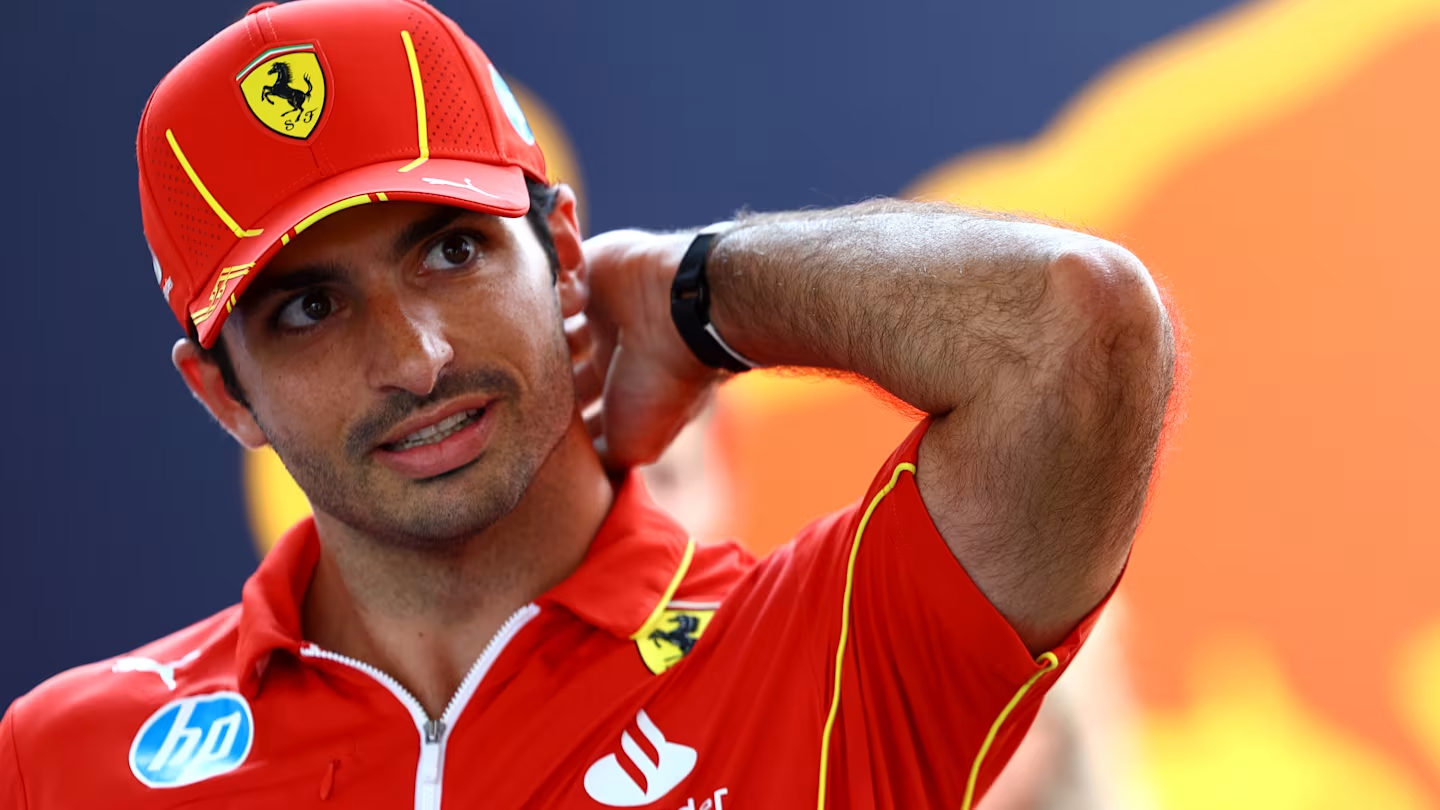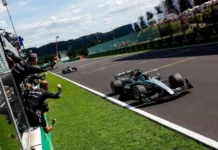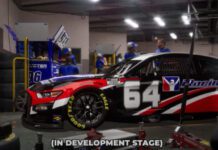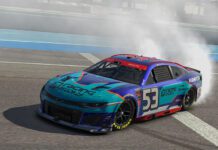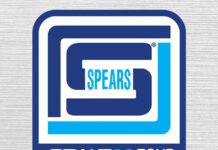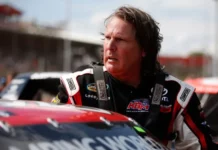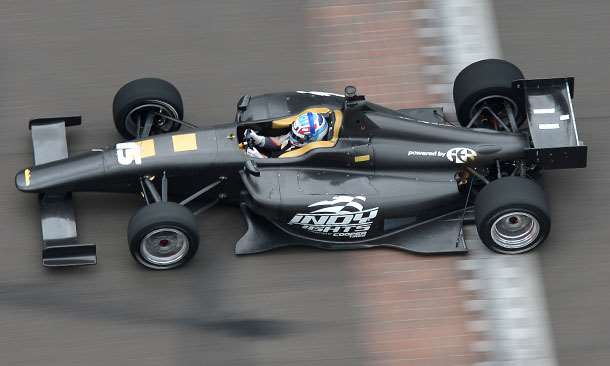It was somewhat daunting but equally liberating, Antonio Montanari acknowledged, casting the 2015 Indy Lights Presented by Cooper Tires rolling chassis from a blank sheet of paper.
Dan Andersen, owner and CEO of Andersen Promotions, which oversees all aspects of the Mazda Road to Indy, provided such leeway in the design concepts. Dallara Automobili’s proposal for a contemporary, safe, fast and cost-effective car was selected in late October 2013.
Andersen joked that he and project manager Tony Cotman pointed to a sketch, provided a few suggestions and, voila, an integral part of the Mazda Road to Indy’s future was born. Montanari said that description isn’t far off and the resulting program has met internal expectations while being externally flattered.
“It has been a very nice cooperation between us and Dan Andersen and Tony Cotman,” said Montanari, Dallara’s chief designer and the Indy Lights car project manager. “Everything has gone smoothly. We started with some sketches and went from there.”
That was a mere 10 months ago. The Dallara IL-15 made its on-track debut Aug. 4 at Mid-Ohio Sports Car Course and test driver Tristan Vautier logged more miles Aug. 12 on the Indianapolis Motor Speedway oval. Conor Daly, who competed in the 2013 Indianapolis 500 and in Indy Lights, will be behind the wheel Aug. 14 on the 2.5-mile oval to provide additional feedback. Successive testing is scheduled for September.
The initial testing on the 2.258-mile, 13-turn Mid-Ohio Sports Car Course was almost flawless, with Vautier recording a lap a half-second faster than the Indy Lights pole-winning time two days earlier.
The car is powered by a 2.0-liter turbocharged AER engine producing 450 horsepower. Additional new features include a six-speed, paddle-shift transmission, a 50 horsepower push-to-pass feature, drive-by-wire throttle control and advanced engine management electronics.
Safety also was at the forefront of design. The car mirrors the Verizon IndyCar Series car supplied by Dallara with full-length anti-intrusion panels, side-mounted radiators to assist in energy absorption, a raised monocoque to protect the driver’s head, a front wing span to reduce wheel-to-wheel contact and increased underwing width to also reduce wheel-to-wheel contact.
“The car is obviously very fast, so that’s good,” Cotman said. “As I have said all along, it is important for us to get the car in a position that, when the teams get it, all the bugs are sorted out and we can give them a pretty good baseline. It was a lot of work to get the car put together the last couple of weeks and all the partners have done a fantastic job and given us a good starting point.”
Montanari and Stefano De Ponti, head of Dallara’s U.S. operations based in Speedway, Ind., point to a dedicated group who share the enthusiasm of the program.
“There have been 15 people working 10 hours a day for seven months to produce the car from the concept,” Montanari said. “We made the show car for (the) May (unveiling) and now we’re here. We had a very good working plan. We seek to improve every time; the learning curve with safety is steep and you can never stop.
“Compared to the other car it is a big step forward. It is lighter, the engine is more powerful than the current one and probably will last the whole season. The appeal of the car is important and then you have to make it work. It looks nice. It should attract drivers from around the world; it is important to have new drivers coming here. Dan is doing a great job with the ladder series.
“Safety, performance, the look are all important. We are all proud.”




